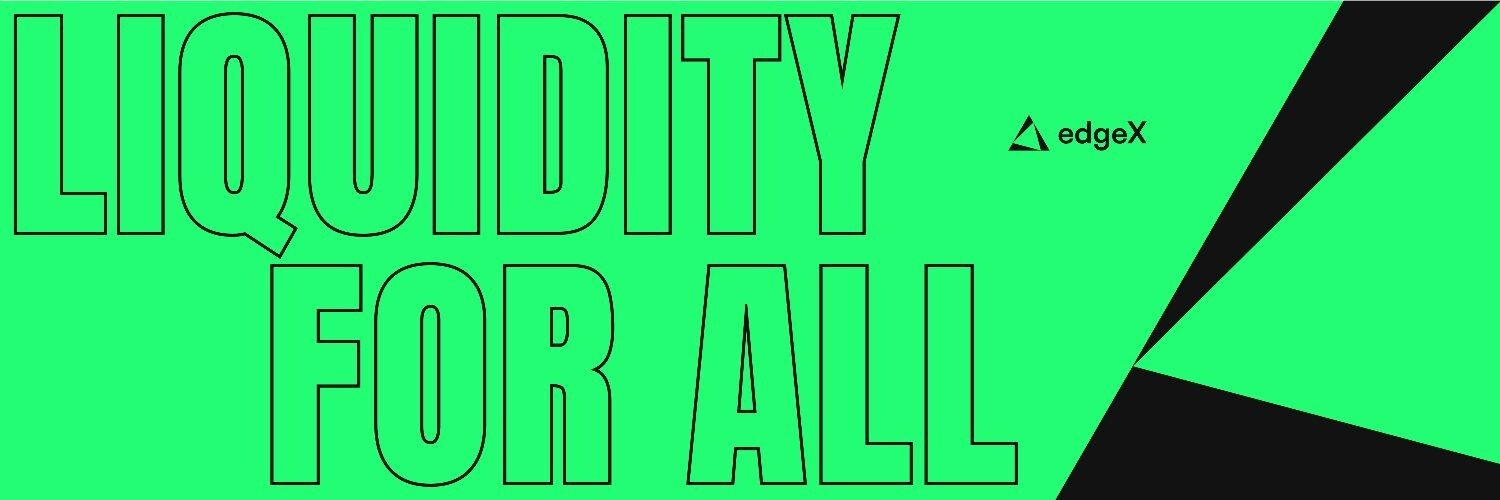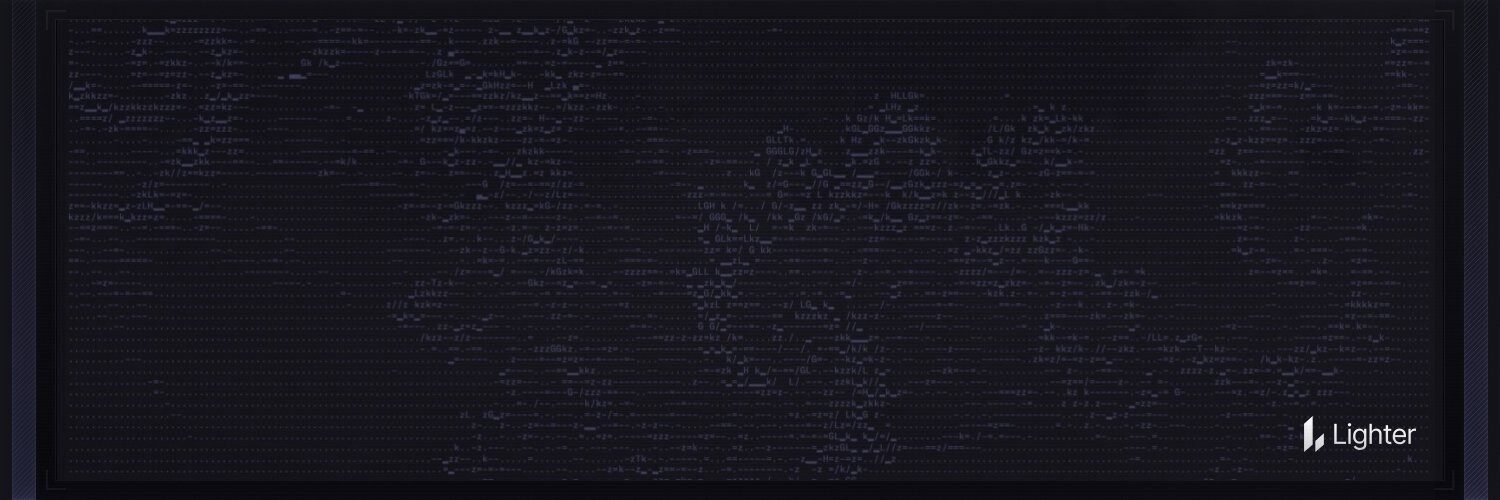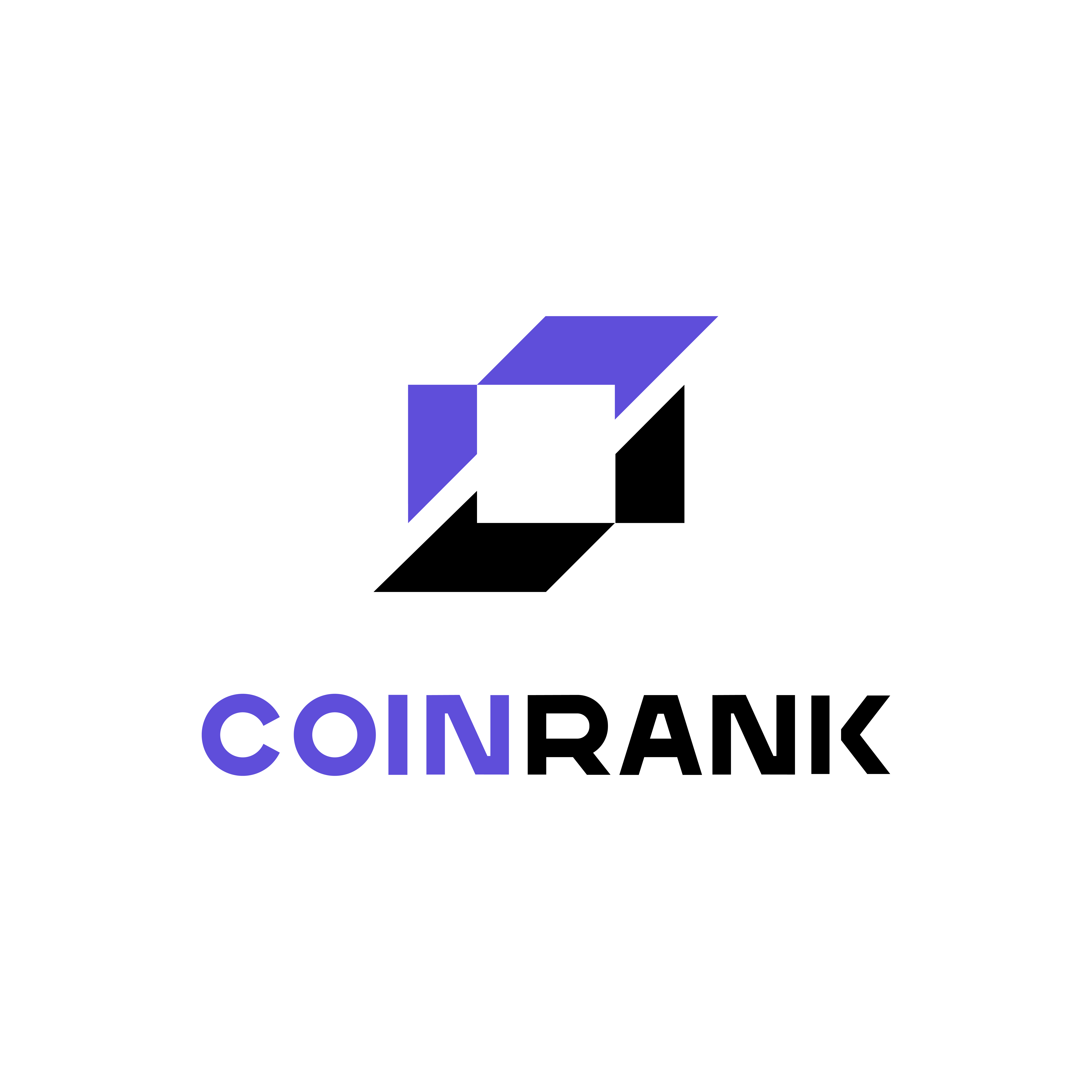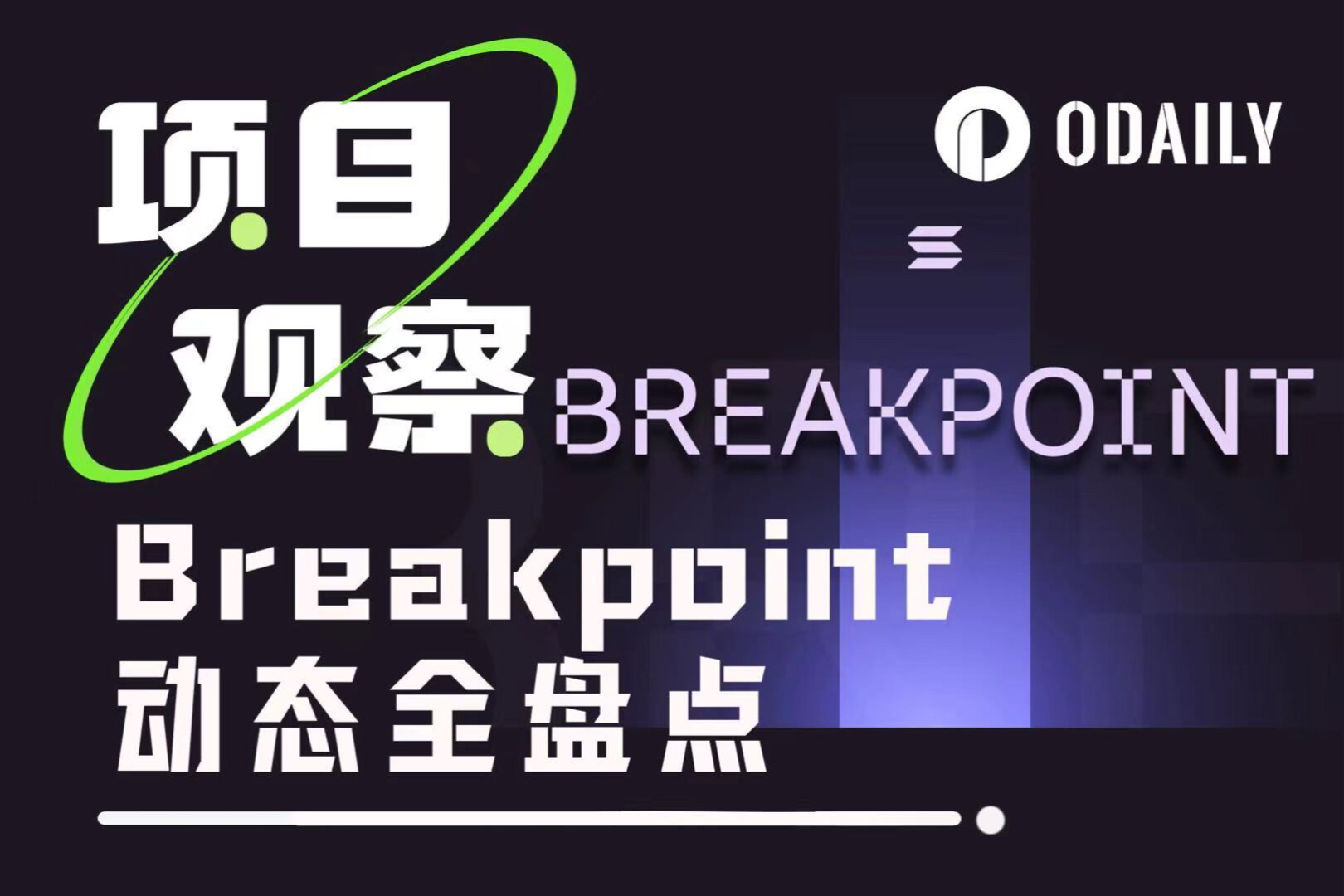Why Perp DEX airdrops are still important: Three projects you can't miss
- 核心观点:去中心化衍生品空投提供高价值机会。
- 关键要素:
- 衍生品协议产生真实链上活动。
- 交易行为可验证,奖励真实用户。
- edgeX、StandX、Lighter三平台潜力突出。
- 市场影响:推动链上交易活跃与用户增长。
- 时效性标注:中期影响

In a rapidly changing market, one opportunity consistently delivers substantial returns: airdrops from decentralized derivatives platforms. While areas like DePIN and artificial intelligence attract significant funding and attention, on-chain trading infrastructure still offers some of the most reliable asymmetric returns. This is because derivatives protocols generate genuine on-chain activity, measurable data, and a continuous flow of users. Unlike consumer protocols, which often struggle to distinguish between genuine users and malicious traffic, malicious DEX ecosystems reward genuine participation—making them particularly attractive to users willing to demonstrate real trading activity rather than simply running automated wallets.
That said, timing is crucial. Some platforms have already completed their early distribution cycles, while others are still in their early stages, with loyal users still having the opportunity to significantly boost their rankings. Ideally, a project should have a long enough lifespan to demonstrate its effectiveness, yet also be early enough for engaged users to influence their share of the points. Currently, three platforms fit this description: edgeX, StandX, and Lighter.
Why DEX airdrops still have high value
Decentralized exchange (DEX) tokens are pegged to trading activity, meaning they typically have a clearer path to value than broader ecosystem tokens. Furthermore, trading activity leaves a verifiable trail—trading frequency, holding duration, and fund usage—allowing protocols to reward genuine traders. This also raises the barrier to entry, reduces competition from passive participants, and makes every hour invested more valuable. As more traders return to on-chain activity and the execution infrastructure continues to improve, the space remains highly attractive for users seeking meaningful reward tiers rather than small, general rewards.
EDGEX—an institutional-grade exchange with Amber Connections connectivity.
EdgeX's uniqueness lies in its institutional user-centric strategy, backed by the Amber Group. Instead of chasing market trends, the platform focuses on building a high-performance decentralized derivatives exchange, supported by professional market makers and asset management teams. Its user experience is very similar to centralized exchanges while maintaining on-chain transparency.
From a rewards perspective, edgeX runs an active points program that prioritizes trading volume, holding duration, and actual usage patterns. The best strategy is to operate like a real trader: fund your account, open and manage positions, and consistently execute trades rather than making sporadic trades. Hedging strategies help minimize market risk while also generating on-chain proof of activity.

STANDX — Founded by a former head of Binance Futures
StandX joins the competition with its deep expertise in derivatives. Its core team includes former leaders of Binance Futures, and the project has chosen to self-fund to maintain independence and focus on long-term product development. Recently, the Solana Foundation provided non-equity support – a strong endorsement of the platform's technological direction.
StandX's core innovation lies in DUSD, a stable asset designed to earn passive returns while also serving as collateral for leveraged trading. This mechanism creates value for both conservative holders and active traders, thereby enhancing user incentives within the ecosystem. To earn future returns, users typically purchase and hold DUSD, engaging in trading activity early on to demonstrate active participation.

Lighter—Invitation only, with pre-selected access granted.
Lighter adopts a more robust strategy, focusing on controlled growth and carefully curated community engagement. Its invitation-only mechanism naturally filters out non-professional users and automated wallets. While this may slow growth, it improves the quality of early user data, which typically leads to more substantial rewards for loyal participants in future token launches.
The strategy here is simple: ensure account security, maintain consistent trading behavior, and actively provide feedback or report errors. In smaller market environments with stronger signals, high-quality contributions and consistent trading are just as important as the initial capital.

Final words
As airdrop mechanisms mature, real-world trading activity is becoming the primary differentiator.
Continuously active decentralized exchange (DEX) projects remain central to this shift. EdgeX, StandX, and Lighter represent three of the most promising projects—they possess well-developed infrastructure, early positioning, and clear incentive mechanisms that encourage disciplined trading. The strategy is simple: consistent participation, smart trading, hedging when appropriate, and leaving a clear on-chain footprint. In a distributed environment, effort is more important than automation; persistence and structure are the true drivers of growth.



